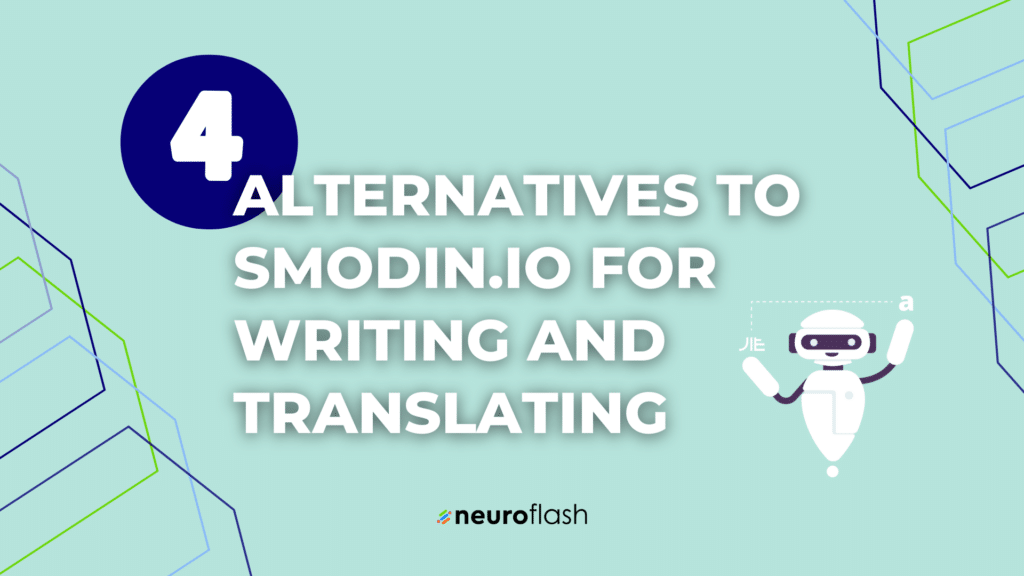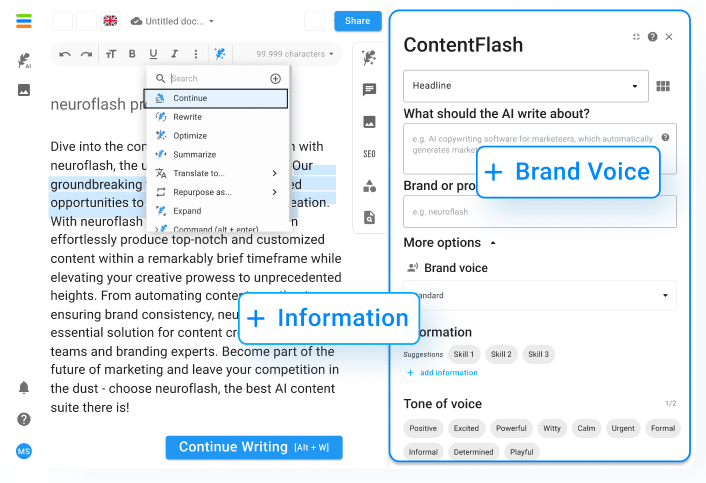If you’ve ever wondered how successful businesses on the Internet attract so many customers, then you’ve come to the right place! We’ll tell you how the perfect digital marketing funnel works!
What is a digital marketing funnel?
A digital marketing funnel (or online marketing funnel) is a concept that describes how companies engage their customers online from initial interaction to purchase. Each customer has different needs and expectations and must be addressed accordingly.
Building a digital marketing funnel starts with acquiring new customers, usually through advertising and PR. This in turn leads to traffic on the website. As soon as a customer reaches them, the actual funnel concept begins: they are “led” further and further through various measures such as lead nurturing, lead scoring and email marketing until they make a purchase.
For better understanding you can watch this video:
The different phases of a digital marketing funnel
The digital marketing funnel consists of five stages through which a potential customer moves so that they can be converted from lead to conversion:
Phase 1: Awarness
The first phase of the funnel (“Awareness”) is about making your target audience aware and getting them interested in your product or service. There are several ways to do this: For example, you could generate attention with a blog article and thus drive traffic to your website.
If you’re looking for quick good ideas for blog articles, you can use the AI text generator neuroflash. This creates you, based on your own specifications and wishes various suggestions that you can easily and conveniently adopt for your own blog:
And the best part is that neuroflash has a wide range of free features that you can freely choose between. You can register for the tool here.
To generate attention, you can also use Google Ads and run ads with the goal of generating as many clicks as possible. In the awareness phase, it’s important that you stand out from the competition and convince with a unique message.
More tips:
1. identify your target group
Before you start creating your funnel, you must first identify your target audience. Thus, you know to whom you should address your message. Take time to think about the characteristics of your ideal clients, including age, location, gender, and so on. This information will help you choose the right language and tone for your communication.
2. find out where your target group hangs out
After you’ve identified your target audience, you need to figure out where they hang out. This will give you an idea of the best channels to spread your message. Once you’ve identified the appropriate channels, you can investigate the social media and websites that are most frequently visited by your target audience.
3. create attention with a strong hook
One of the keys to success is to attract attention. This can be achieved by creating a strong “hook” – something that grabs your audience’s attention and makes them want to learn more about your company or product. Some examples of strong hooks include special offers or discounts, exclusive content, or sweepstakes. Think about what best fits your company’s image and branding, and create a strong hook based on that that will grab your target audience’s attention.
Phase 2: Interest
After attracting attention in the first phase of your digital marketing funnel, the second phase is all about capturing the interest of your target audience. You can do this by providing them with useful and relevant content that helps them identify and understand their needs. In this step, it is important to build a close relationship and trust with your target audience. This can be achieved through regular communication and the exchange of values and ideas. Once you’ve built a strong relationship with your target audience, you can get them to commit to the next step in the funnel.
More tips:
1. find the right keywords
The more you know what keywords your target audience uses, the easier it is to create content that is tailored to their exact needs.
2. create high quality content
Educate your readers with blog articles, videos or podcasts about topics that are relevant to them. Make sure your content adds value and helps readers solve their problem.
3. bet on the right channels
Choose the channels that will best distribute your content – whether it’s social media, Google Ads, or a newsletter.
Phase 3: Decision
It’s the stage where you need to help your users make a decision. If they haven’t made a purchase decision yet, now is the time to give them the information they need. This can be product information or testimonials, for example. Coupons and discounts can also be helpful here. However, you should also be careful not to provide too much information at once – otherwise it might be too much for the user and they might give up.
More tips:
1. give your users enough information
Provide your users with as much information as possible so they can make an informed decision. The more you make available to them, the more likely they are to choose your offer. However, you should not overdo it and scare away interested parties.
2. make it as simple as possible
Users are always looking for the “path of least resistance” – the path that requires the least effort. The easier you make it for them to choose your offer, the more likely they are to do so.
3. communicate clear expectations
Users want to know what they can expect when they choose your offer. So make sure you tell them exactly what to expect so there are no surprises.
Phase 4: Action
This is about getting customers to take action. This can be a purchase decision, but also another type of action, such as a request or a download. The key question is: How can we ensure that our customers perform the desired action? One way to do this is to provide a clear call to action. This should be designed to make it as easy as possible for the customer to perform the desired action. In addition, it is important that the call-to-action is adapted to the respective touchpoint. For example, it should be designed differently on a landing page than in a newsletter. In addition to the call-to-action, there are other factors that should be considered. This includes, for example, the design of the website and landing pages, as well as the choice of appropriate channels for disseminating the call-to-action. All of these factors contribute to customers performing the desired action.
More tips:
1. set relevant incentives
The customer should have a reason to perform the desired action. If he doesn’t see one, he won’t. So think carefully about what motivation you can offer him. A discount is always a good incentive – but remember: too high a discount does the company more harm than good in the long run.
2. make it easy for the customer
The easier it is for the latter to perform the desired action, the higher the probability that he will actually do it. So make sure that the way to the checkout or registration form is as simple as possible and avoid long loading times or other technical hurdles.
3. stay on the ball
Even if the customer has already performed the desired action – stay tuned! Because now the next part of the funnel begins – and you should plan and implement it just as well as this one.
Phase 5: Loyalty
The loyalty phase is the phase in which customers come back and recommend the company to others. It is particularly important for companies to build up a close relationship with them in order to retain their loyalty in the long term. This can be done, for example, through personalized offers or loyalty programs. Regular exchanges about new products and services are also important to generate interest and keep the relationship alive.
More tips:
1. be creative
You need to get your customers to keep coming back to you. To do this, you need to be creative and constantly provide new reasons why they should buy from you. You can take advantage of various promotions, discounts and special offers.
For inspiration, you can check out examples of top brand marketing here.
2. offer exclusive advantages
You should offer exclusive benefits to your customers to make them stay with you. These can be loyalty programs or VIP customer cards, for example. Make sure you don’t make these benefits too easily accessible or they will lose their appeal.
3. communicate regularly with your customers
In the loyalty phase, it is important that you communicate with your customers on a regular basis. You should accept both positive and negative feedback and be open to criticism. This way you can find out what they really want and respond accordingly.
Why you should work with a digital marketing funnel
The perfect digital marketing funnel should bring the following benefits:
- It generates more traffic to your website and thus ensures more sales.
- The funnel is a useful tool to generate leads and reach potential customers.
- With the help of the funnel, companies can analyze exactly where users drop off in the buying process and where optimization is needed.
- A well-designed funnel helps you to provide users with personalized offers and thus increase the conversion rate.
How to build a successful digital marketing funnel
Building a successful digital marketing funnel is no easy task. But if you know how to do it, you can create a really effective funnel that will help you achieve your goals. First, you need to decide what goal you want to achieve with your funnel. Want to drive more traffic to your website? Want to generate more leads? Once you know what you want to achieve, you can design the right funnel for you. One thing to keep in mind here is that each funnel will be different depending on what the goal is. A funnel that aims to drive more traffic to the website will look different from a funnel that aims to attract more customers.
Learn how to build your own digital marketing funnel step by step here.
Analyze and improve your digital marketing funnel
The next step in improving your digital marketing funnel is to analyze what works and what doesn’t. To do this, you need to track and analyze certain metrics. Key metrics for the digital marketing funnel include the following:
The number of website visitors
– This is an important indicator of the reach of your website and the success of your digital marketing strategy.
The conversion rate
– It tells you how many website visitors are converted into customers or leads.- The bounce rate – This shows you the user-friendliness of your website. The lower the bounce rate, the better.
- The average time on the website – An important indicator of the engagement rate of your website visitors. The longer users stay on your website, the better.
- The average number of pages per visit – Another important indicator of the engagement rate of your website visitors. The more pages viewed per visit, the better.
- The social activity – This indicates the reach and success of your social media strategy. The more people share and comment on your content, the better.
- The search results – They are a very important indicator of the success of your search engine optimization (SEO). The higher a business ranks in search results, the more traffic it will generate and the more likely it is to receive conversions.
These are just a few of the key metrics businesses should track when improving your digital marketing funnel. Of course, there are many more metrics that you can evaluate. Nevertheless, the ones presented here are suitable as a good starting point.
The digital marketing funnel becomes a wheel
The classic digital marketing funnel is a great model to illustrate the different steps of the customer journey. But it has its limits. In today’s ever-evolving digital world, the customer is no longer bound by a linear path. He jumps back and forth, using different channels to get information and make purchases. Therefore, the digital marketing funnel model also needs to be adapted. The funnel becomes a wheel – a circle in which the customer moves and constantly receives new impulses. It is a circle in which the individual phases of the customer type seamlessly intertwine. The previously clearly separated areas of “prospect” and “customer” thus blur into one big whole.
Frequently asked questions & answers
What is a digital marketing funnel?
A digital marketing funnel is a model that describes the different steps potential customers go through when they discover a brand online and get to know it.
How many steps does the digital marketing funnel have?
The digital marketing funnel has six steps: Attention, Interest, Consideration, Preference, Negotiation, and Purchase.
What factors influence the digital marketing funnel?
The factors that influence the digital marketing funnel are the brand’s online presence, the quality of the website and content, the relevance of the advertising, and the brand’s social media presence.
The digital marketing funnel is here to stay. Even though it is slowly being replaced by the wheel, it is still an important part of any digital marketing strategy. By understanding how it works and how to use it effectively, you can ensure that your digital marketing campaigns are a success.

























